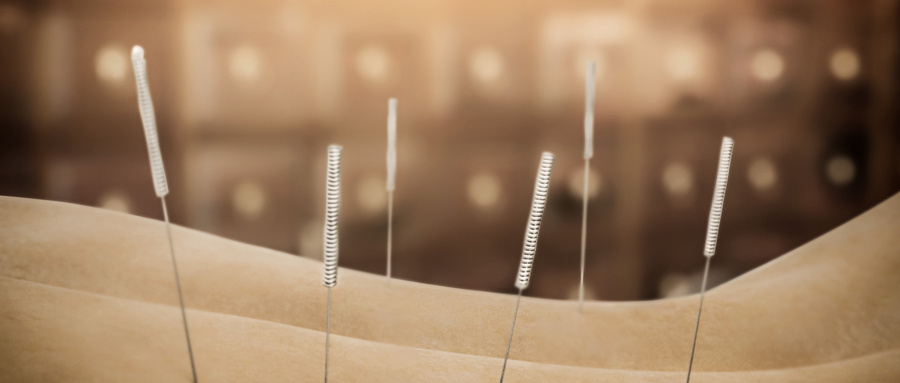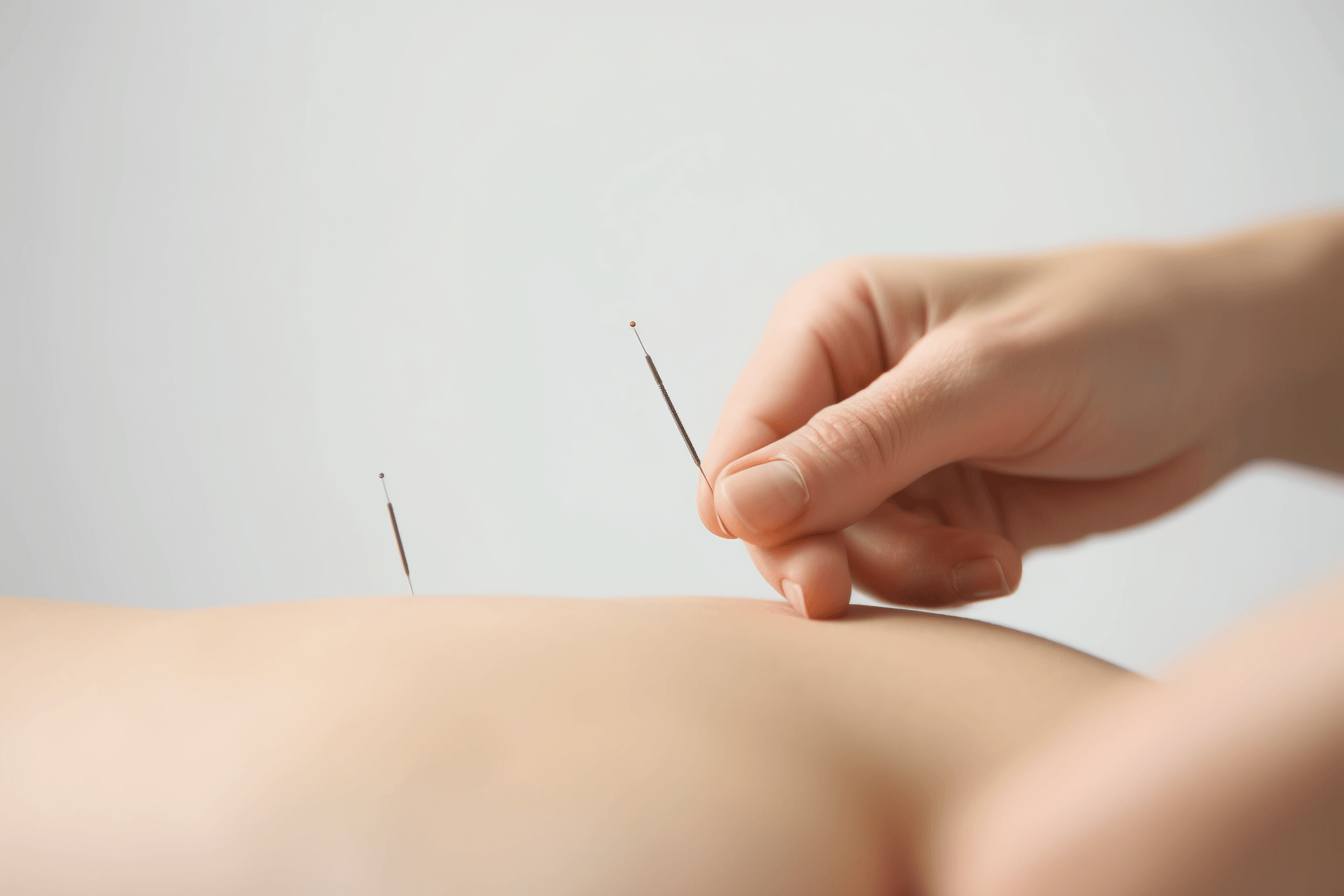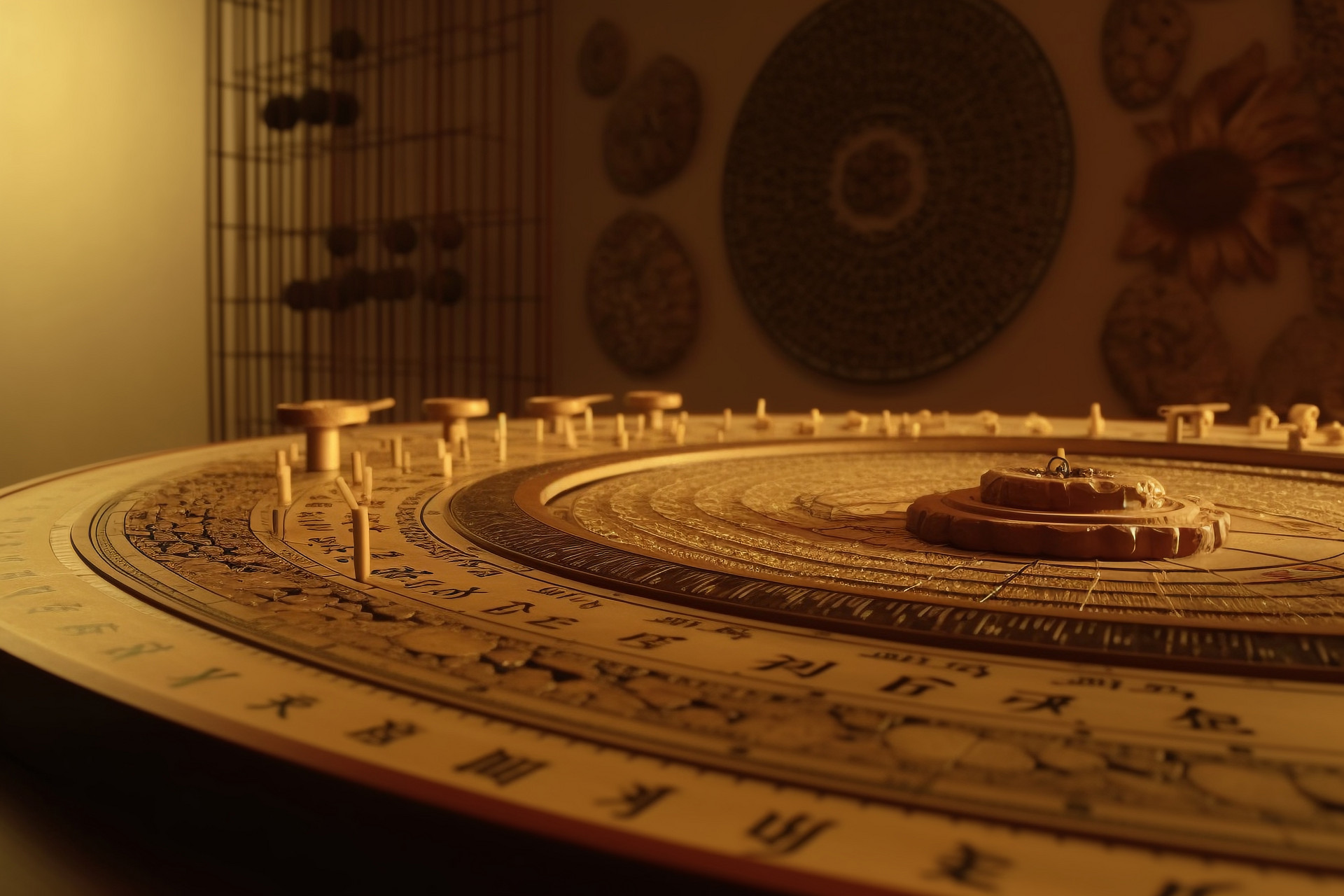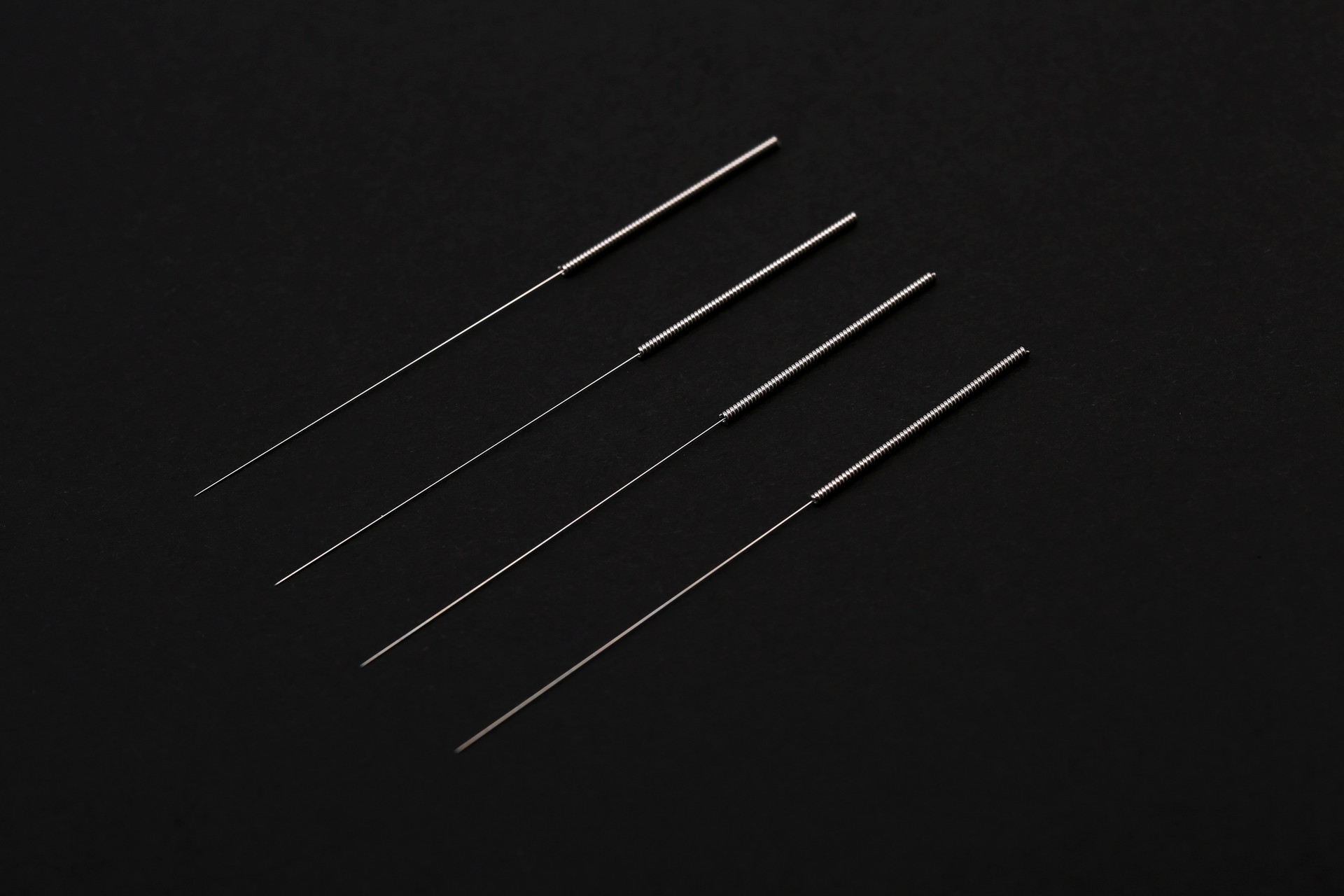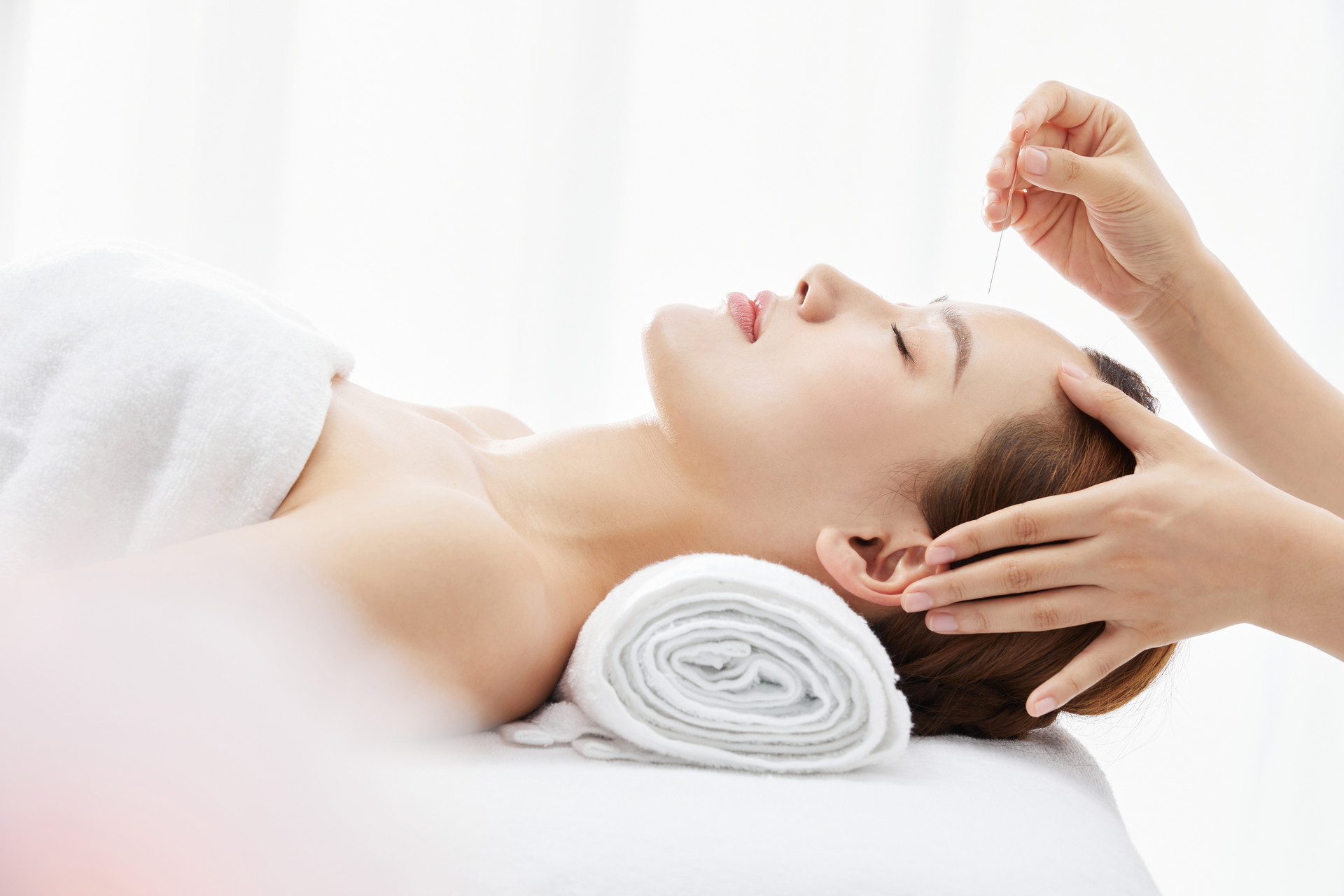Peripheral facial paralysis is a relatively severe condition. In addition to using Western medicine and traditional Chinese medicine prescriptions for treatment, acupuncture therapy from traditional Chinese medicine can also be used. And the effect is also very good. So, let's take a look at the traditional Chinese medicine acupuncture therapy for peripheral facial paralysis!
Traditional Chinese medicine acupuncture therapy has a history of thousands of years. From ancient to modern times, there are a lot of records and clinical reports on acupuncture treatment for facial paralysis. Clinical practice has shown that peripheral facial paralysis is also one of the indications for acupuncture.
However, in the past 20 years, some Chinese and Western doctors have put forward the view that "acupuncture treatment should not be performed within one week of onset" for peripheral facial paralysis. I think this view is not appropriate. I will list my opinions and doubts about the view that "acupuncture should be performed one week after onset" below for discussion with colleagues.
The ancient Chinese medical literature does not deny the treatment of facial paralysis within one week
From ancient times to the present, there is no doubt or mention in Chinese medicine about the view that acupuncture treatment should not be performed within one week of onset. Traditional Chinese medicine believes that acupuncture treatment for facial paralysis has the functions of dredging meridians, dispelling wind and cold, harmonizing qi and blood, nourishing meridians, promoting blood circulation, and resolving stasis.
There are many records in ancient medical works about acupuncture treatment for facial paralysis. It is one of the preferred treatments in clinical practice. It is considered to have definite efficacy, no toxic side effects, simplicity and low cost, and a wide range of indications. It is highly praised by colleagues and patients. Therefore, facial paralysis is still one of the most common diseases in the acupuncture outpatient department.
The origin of the Western medical view that "acupuncture treatment should be performed one week after onset"
In the past 20 years, although Western medicine did not directly state that acupuncture treatment cannot have anti-inflammatory and anti-edema effects in the acute phase, it implied that acupuncture treatment cannot have anti-inflammatory and anti-edema effects. Later, clinical doctors directly told patients that acupuncture treatment in the acute phase could worsen the condition, not have anti-inflammatory and anti-edema effects, and even leave sequelae such as facial muscle spasms. Even later, this view was publicly reported. After consulting relevant materials, I found that there were few or no such views before the 1980s, and these views appeared in the mid-1980s.
"Intervention timing... scholars who advocate against acupuncture believe that the use of electroacupuncture in the acute phase may promote inflammation, edema, and degeneration, causing various side effects and poor recovery, and may easily lead to facial muscle spasms."
I have also heard directly or indirectly that many Western doctors, especially neurologists, have advised patients with acute facial paralysis not to undergo acupuncture treatment within one week. In the past ten years, this has also had a certain impact and doubt on the academic views of acupuncture colleagues. Some of them do not agree with acupuncture intervention in the acute phase, mainly influenced by the above-mentioned Western medical academic views, believing that acupuncture cannot have anti-inflammatory and anti-edema effects in the acute phase.
The mechanism of acupuncture treatment for facial paralysis within one week
Western medicine has not yet clarified the exact cause of facial nerve neuritis, but it is generally believed to be caused by wind and cold invasion leading to edema of the tissues inside the stylomastoid foramen, or local vascular spasms of the nutrient nerves, leading to nerve ischemia, edema, and compression, resulting in disease.
Acupuncture and cupping can promote blood circulation and remove blood stasis locally, which is equivalent to the functions of Western medicine in anti-inflammatory, anti-edema, promoting local blood circulation, and improving facial nerve function recovery. This is another proof in clinical practice.
Traditional Chinese medicine also believes that this disease is related to facial exposure to wind and cold, deficiency of meridians, and invasion of wind and cold evil into the Yangming and Shaoyang meridians of the face, causing obstruction of meridian qi, loss of meridian nourishment, relaxation and non-retraction of muscles, leading to this disease. Many Chinese medicine journals, such as "Chinese Acupuncture", have reported on facial paralysis, discussing and researching acupuncture treatment from different angles.
Modern clinical studies have found that warm acupuncture can quickly eliminate or improve pathological changes such as edema, congestion, exudation, adhesion, spasm, and ischemia in local tissues, thereby accelerating blood circulation, promoting metabolism, and repairing damaged tissues and nerves. Therefore, it has a good therapeutic effect on facial paralysis.
Studies have also shown that the degree of facial nerve injury is related to the level and extent of the injury plane. Generally speaking, the higher the level of injury segment, the more severe the degree of injury, and the worse the effect of acupuncture. The degree of facial nerve injury also depends on the degree and duration of acute inflammation and edema inside the stylomastoid foramen. The longer the edema time and the more severe the degree, the longer the facial nerve compression time, and the more difficult it is for the facial nerve to recover.
If the facial nerve is given a beneficial stimulus in the acute phase, the compressed nerve will become excited, accelerate the lymphatic and blood circulation in the local inflammation, enhance metabolism, improve the nutritional status of the damaged facial nerve and facial muscles, thereby promoting the absorption of facial nerve inflammation and edema, shortening the compression time of the facial nerve, and increasing the chance of facial nerve recovery.
Some people attribute the gradual aggravation of early corner of the mouth deviation to early acupuncture treatment, which is unreasonable. This phenomenon is the objective development law of this disease. Because the facial nerve is in the acute inflammatory edema period in the acute phase, the damage to the facial nerve has not stopped. With the passage of time, the damage worsens, and the imbalance of muscle strength between the two sides of the facial muscles becomes more pronounced.
Therefore, the condition appears to worsen. Precisely because of this, timely treatment should be given to actively reverse this trend, control the condition, so as not to miss the opportunity, delay the condition, and leave lifelong facial paralysis or various sequelae... The timing of acupuncture treatment for peripheral facial paralysis is the sooner the better.
Western medicine proposes the academic view that acupuncture treatment is not suitable for the acute phase of facial paralysis (within one week). The main reason is that acupuncture treatment is believed to have anti-inflammatory and anti-edema effects. According to "Experimental Acupuncture", clinical studies on peripheral facial paralysis have shown that acupuncture treatment within 7 days of onset can improve efficacy and shorten treatment time.
Research on the mechanism of acupuncture for regulating the function of the nervous system also believes that acupuncture treatment for peripheral facial paralysis can improve the electromyogram of pathological changes with clinical symptoms, make the muscle fibers without nerve innervation regain nerve innervation, and gradually restore the damaged nerve function.
These research conclusions are similar to the traditional Chinese medicine's views and recognition that acupuncture has the effects of dredging meridians, dispelling wind and cold, harmonizing qi and blood, nourishing meridians, promoting blood circulation, resolving stasis, and the Western medicine's views that acupuncture has anti-inflammatory, anti-edema, and promotion of blood circulation.
Some patients with acute facial paralysis have pain around the stylomastoid area
Western medicine believes that it is caused by early inflammation and edema. I often use acupuncture on the affected side of the face and at the tender points around the stylomastoid area at the same time, and leave the needles in for 20-30 minutes. After removing the needles, I immediately use a small-sized fire cupping to apply pressure on the tender points for 10 minutes. Generally, after 1-3 treatments, the tenderness disappears, and only when the tenderness disappears, the recovery of facial nerve function becomes obvious.
Conclusion: After reading the above article, I believe you have a clearer understanding of the traditional Chinese medicine acupuncture therapy for peripheral facial paralysis. Yes! Traditional Chinese medicine acupuncture therapy is so good, and the effect is also very good!


